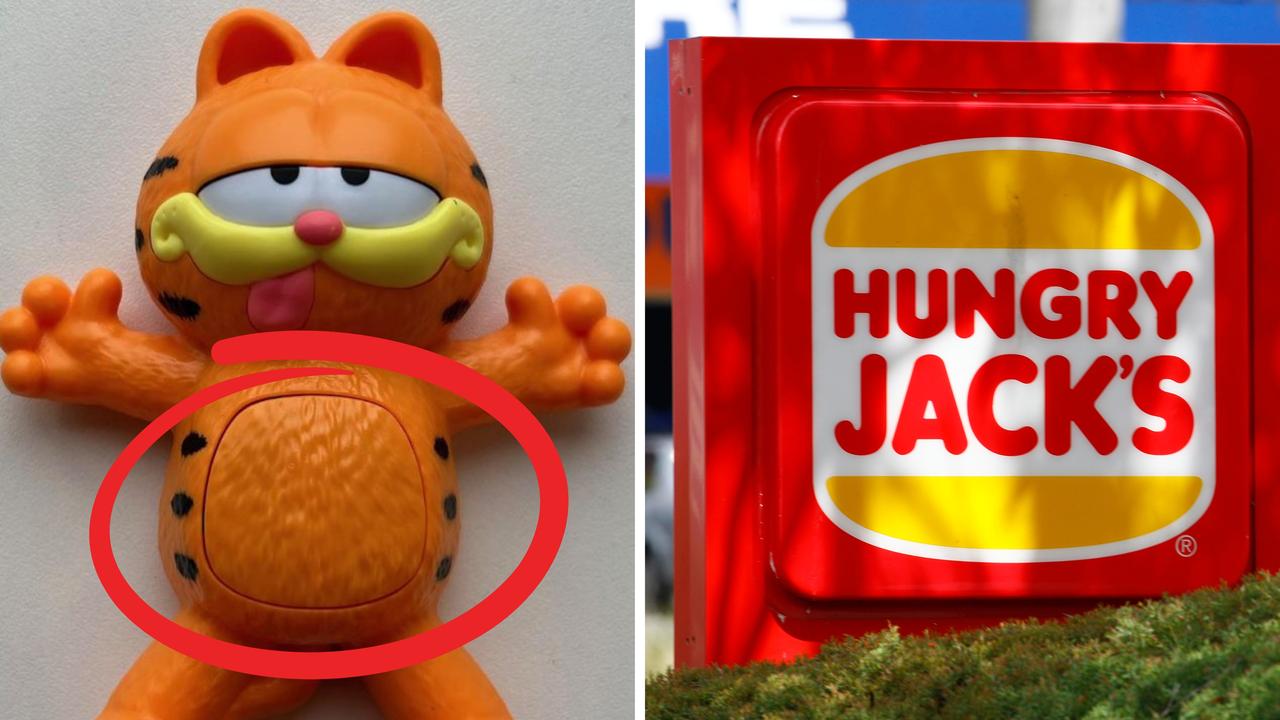Australia to launch review into locations for storage and disposal of nuclear waste
There are several states across Australia where nuclear waste could be dumped after the nation inked a new subs deal. See where and why.

National
Don't miss out on the headlines from National. Followed categories will be added to My News.
Many sites across Australia could be suitable for a disposal facility for the nuclear waste generated by the AUKUS submarines, experts say, shooting down theories South Australia was automatically the frontrunner for selection.
Dr John Harries from the Australian Nuclear Association said the government would be looking for a site with “deep geological formations and very little groundwater movement”.
“We have quite a few of those formations in Australia … ancient rocks with very little groundwater movement,” he said.
While it is expected such a site would be away from major cities, Dr Harries said, immediate proximity to a harbour was not essential as the waste could safely be transported overland.
While SA, WA and the NT were often cited as likely locations for a high-level waste facility, Dr Harries said, areas of Queensland were also geologically suitable, and the state also had history with radioactive material because of the Mary Kathleen uranium mine, which operated until 1982.
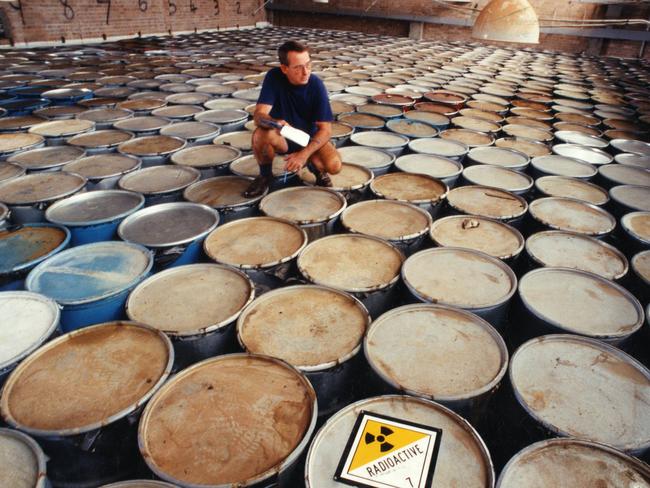
On Tuesday, Defence Minister Richard Marles said the government was committed to establishing a facility “on Defence land”.
There are currently 394 properties owned by Defence across the country, including 72 major bases.
Australian Conservation Foundation nuclear campaigner Dave Sweeney said with Defence estate in every state and territory, nothing could be ruled in or out, but it was “extremely unlikely” a disposal facility would be established in Victoria and Tasmania, because there was no clear economic benefit to them from the AUKUS arrangement.
And the ACT would never be chosen “because it’s small, and the politicians are there,” he said.
South Australia could be a contender for selection as a quid pro quo for the selection of the Osborne shipyards as the site for nuclear submarine construction, and because of the “disproportionate political influence carried by the Olympic Dam uranium mines,” Mr Sweeney said.
But even sites in SA could prove to be problematic, he added.

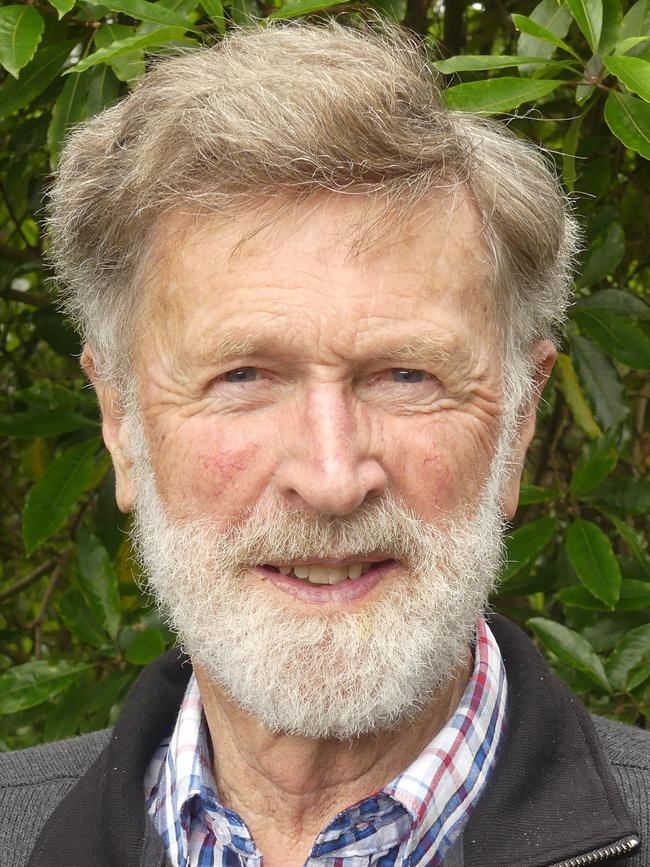
While Woomera was mentioned as a potential candidate site on Tuesday, it was still an operational base, Mr Sweeney said.
And a site near Kimba earmarked for the disposal of low and intermediate radioactive waste was still being fought by Barngarla traditional owners, he said.
“The Kimba site has been ruled out for highly radioactive waste, but that can change,” Mr Sweeney said. “Everything can change; we ripped up the French contract to make this happen. So Kimba is in the frame but it might be a step too far, as the politics are pretty intense.”
Mr Sweeney said using Defence land for a disposal facility would “narrow down” social licence concerns and objections from traditional owners under Native Title claims.
But he also slammed the Defence-led nature of the project, saying secrecy was “built into the DNA” of the armed services.
“We’re concerned that the reality of this will be a command-and-control approach, and secrecy and radiation are very very poor bedfellows,” he said.
Mr Marles said the Australian Radioactive Waste Agency and other agencies would determine how the site for the nuclear waste disposal will be chosen over the next 12 months.
The agencies will look at current and future Defence property that could house the expired nuclear reactors safely for thousands of years.
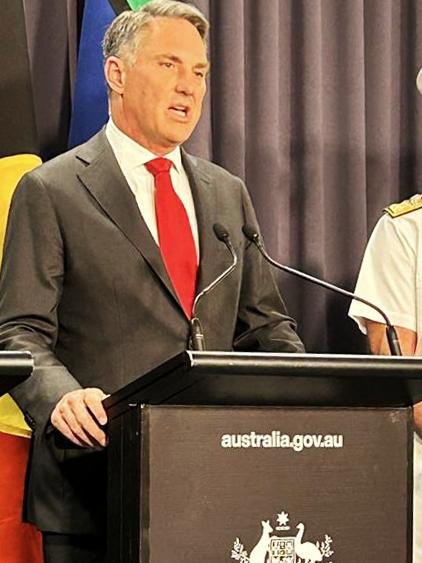
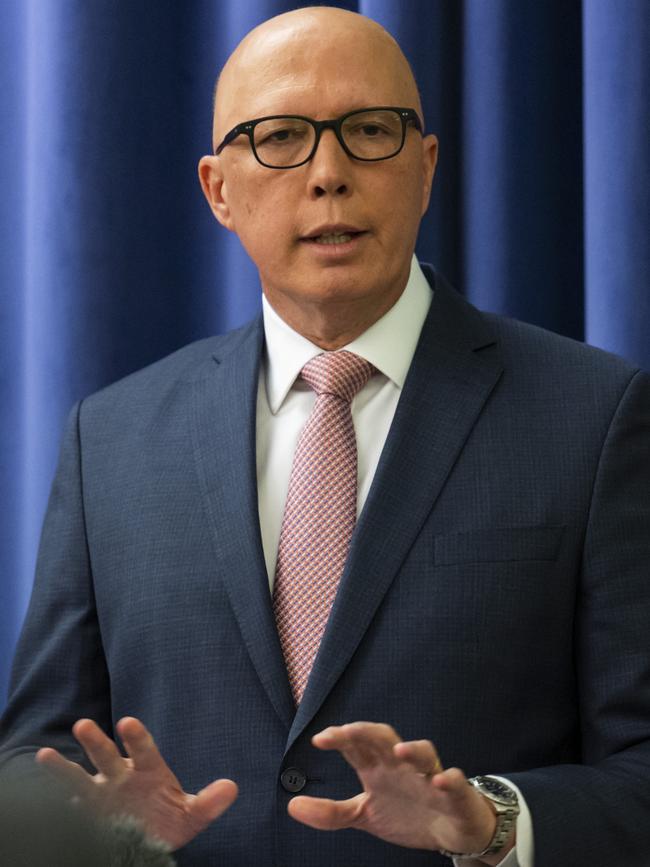
The results of the review will then be used for a more detailed process that will include consultation and engagement with stakeholders, including community and Indigenous groups, as well as considering the wider social and economic implications of each location option.
“Australia is committed to ensuring the management of radioactive waste and spent nuclear fuel has minimal impact on the general public, local communities and the environment,” a report outlining the AUKUS deal said.
At the end of the submarines’ service of life, Australia will need to defuel, dismantle and recycle its nuclear-powered submarines and manage the spent fuel and radioactive reactor compartment components.
“This process is the most complex aspect of the submarine’s life cycle,” the AUKUS report said.
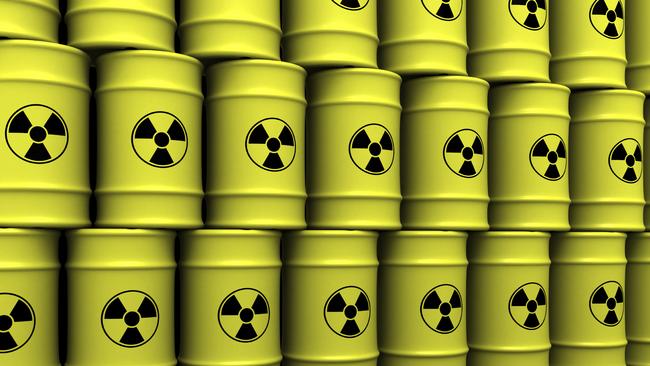
“It requires bespoke facilities, significant support infrastructure and a highly-experienced workforce.”
Defence Minister Richard Marles said there would be a process the government would determine over the next 12 months for how the site for the nuclear waste to be stored would be chosen.
“It’ll be a while before a site is identified,” he said.
“But we will, within the next 12 months, establish a process.”
Mr Marles said the disposal and storage of the submarines’ nuclear waste would be different to the approach taken in the past when the materials involved were from “low level” civilian usage.
“We are commiting to the fact that it will happen on Defence land,” he said.
Opposition leader Peter Dutton said some commentators fear mongering about nuclear waste storage needed to “grow up” and insisted Labor would have bipartisan support from the Coalition on the issue.
“We have an incredibly stable environment to store nuclear waste,” he said.
Mr Dutton said part of the AUKUS agreement demanded Australia commit to nuclear stewardship and take responsibility for the waste from the submarine reactors in the 2050s and beyond.
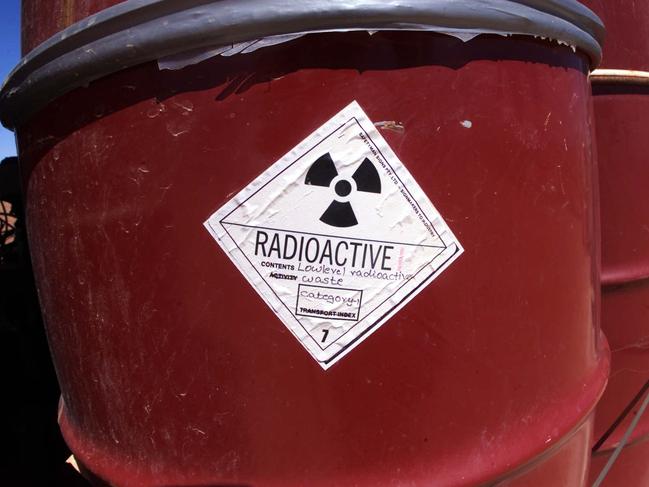
“You need to dispose of waste sensibly and the government will outline that policy and the Coalition won’t be playing politics on this,” he said.
“We will support the government in their decision as part of openness to deal with waste in a way that meets international standards.”
Mr Dutton said many countries including Britain, the US, France and Canada had been safely disposing of nuclear waste for decades.
“So I actually think it’s a time where some commentators need to grow up in relation to the issue,” he said.
“We will support the government because it’s an integral part of having a nuclear-powered system and there’s no sense of pretending that you can own a fleet of nuclear submarines and you won’t be responsible for disposal of that waste.”
It wasn’t all positive, with Greens Senator and Foreign Affairs, Peace and Nuclear Disarmament spokesman Jordon Steele-John describing the AUKUS pact as a “fundamental threat” to Australia’s independence and claiming it would undermine global efforts to tackle climate change.
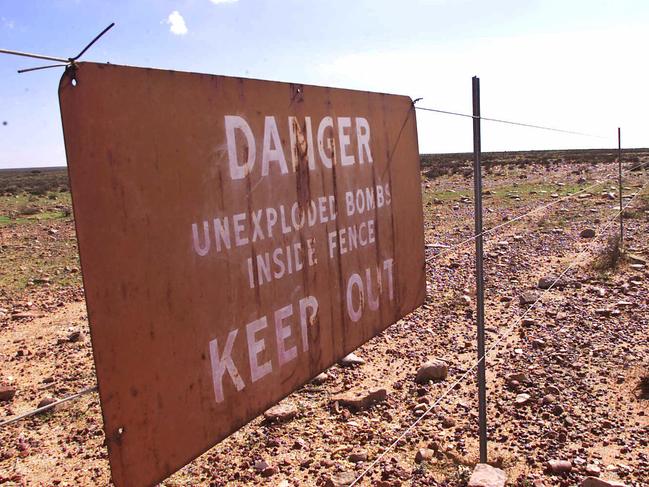
“The AUKUS pact will see an unprecedented nuclearisation of our oceans and open Australia up to the risk of a nuclear disaster which would have effects that last generations,” he said.
“Make no mistake – there is not a single modern technology that has never failed.”
Australia’s nuclear-powered submarines will last for decades, with the first boat not likely to be retired until the mid-2050s.
As part of the AUKUS submarine deal, Australia has agreed to manage all radioactive waste in Australia.
The US and UK will be assisting Australia in developing this capability.
The two countries have operated more than 500 naval nuclear reactors for more than 60 years, which have collectively travelled the equivalent of more than 300 trips to the moon and back without incident or adverse effect on human health or the quality of the environment.
Originally published as Australia to launch review into locations for storage and disposal of nuclear waste



